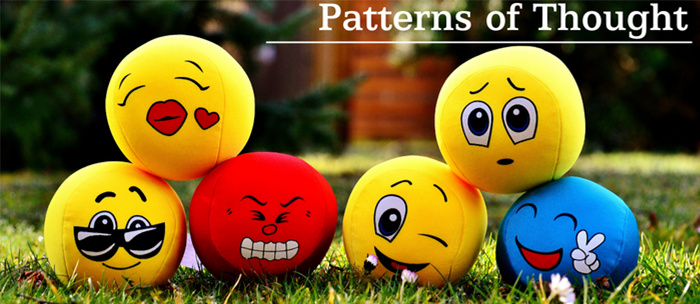
Emotions are short-lived. Feelings take longer to occur. Moods last longest and can impact on how individuals respond to things. Emotions come first, changing the bio-chemicals in our bodies almost instantaneously. Then feelings occur, coming about through patterns of thought; whereas moods can establish a bidirectional influence, impacted by feelings but also impacting feelings.
Emotions can act as a short-circuit, helping individuals to respond to real (or perceived) threats. Imagine what happens when we experience a burn from placing our hand on something hot. We withdraw the hand quickly without waiting for the thought that directs us to do this. So it is with emotions: a rapid emotion elicits an equally rapid response.
Although the terms emotions and feelings are sometimes used interchangeably, feelings take longer to emerge, and there is a visceral response to these feelings – hence the name applied. There is often a bodily sensation associated with a feeling once an emotion is processed cognitively. We can do something about feelings as they take longer than emotions to occur. It is possible to alter an established pattern of thinking that brings about certain feelings.
Imagine if we tend to 'beat ourselves up' when something goes wrong in our lives. This becomes a pattern of thought that can be changed by developing self-awareness and consciously changing this pattern of thought. This is how Cognitive Behaviour Therapy works: by becoming aware of an existing pattern of thought, it is then possible to focus on changing this pattern of thought.
“Emotional Intelligence", the book written by Daniel Goleman, who made the concept of EQ famous, has been widely read but I particularly like David Burns' earlier book, “Feeling Good" which features the subtitle: “You feel the way you think". There is emphasis upon developing self-esteem and how to 'talk back' to oneself, thus changing one's established pattern of thought.
By becoming aware of emotional 'triggers', it is possible to increase one's self-awareness, enabling intervention before an emotion becomes established as a feeling and changing the unhealthy or negative pattern of thought to something that is a more positive reflection of what has occurred, which in turn can change one's mood through the bidirectionality of this process.
It is well worth developing this habit (involving self-awareness and cognitive 're-framing') so that negative patterns of thought are changed earlier, and long-term damage is thus prevented.
© Michele Juratowitch
michele@clearingskies.com.au